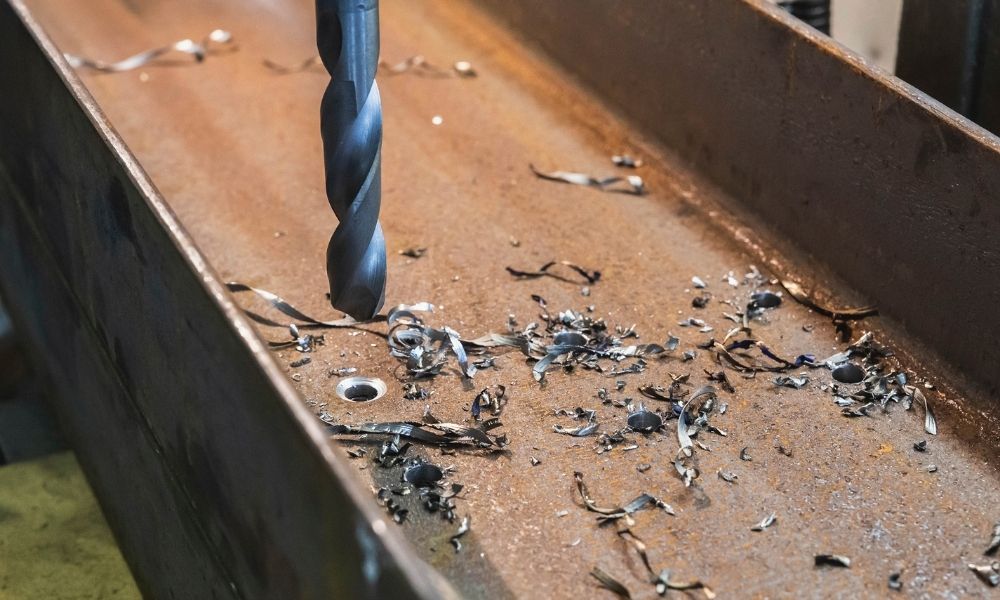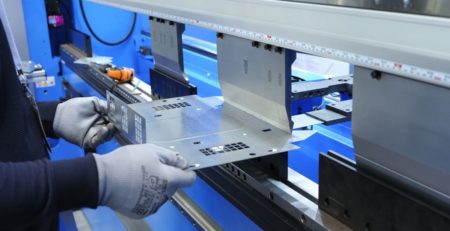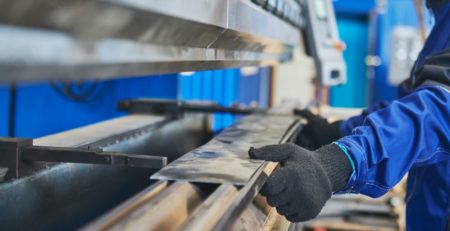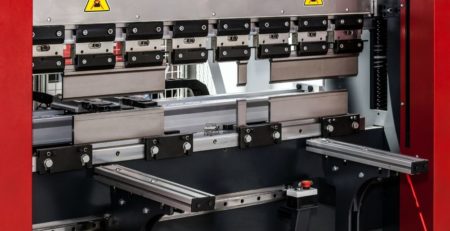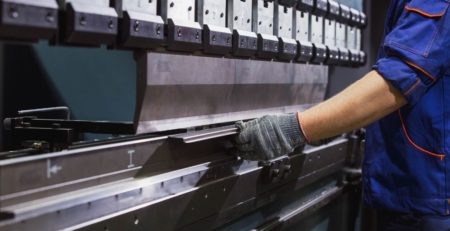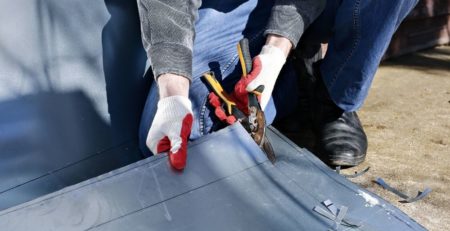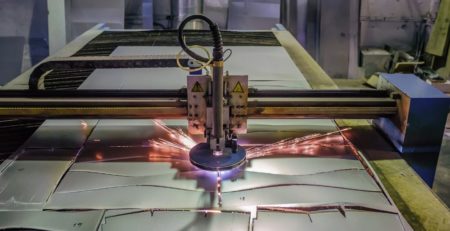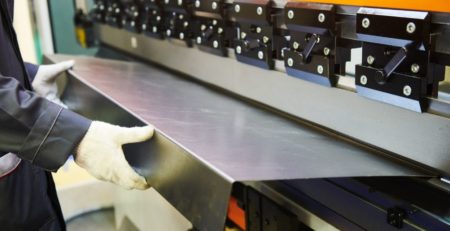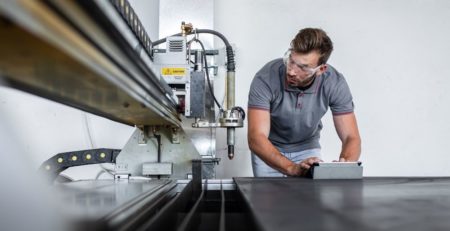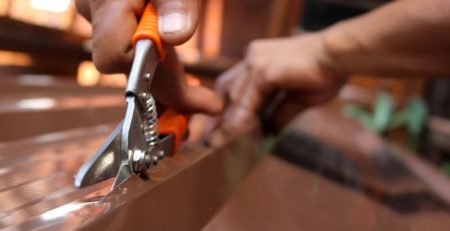A Brief Guide to Beam Drilling & Coping Machines
Even though you are working with large pieces of metal and big machines, metal fabrication is a precise job. Unfortunately, the slightest miscalculations can result in significant errors, especially if they exist throughout the whole process. This human fallibility is part of why people turn to machines. Here is a brief guide to beam drilling and coping machines so that you can determine if they sound right for the future of your metal fabrication shop.
What Is Beam Drilling?
Before understanding what a beam drilling machine does, it is crucial to understand what beam drilling is in the first place. Beams are structural elements of many different machines and buildings meant to withstand all different kinds of force. Beams are load bearing, which means they should support much of the weight of the structure they’re a part of, but they also constitute a lot of the structure’s framework. Without beams, many buildings would fall almost instantaneously.
These beams come in many shapes and sizes; you can find them in buildings, cars, airplanes, etc. Fabricators manufacture beams, and part of that process is making sure they fit the exact measurements of the overall design. For example, they can’t be too long or too thick, and they also need holes placed in all the right spots. Otherwise, they won’t be able to fit correctly. This inability to fit would mean that whatever they are a part of would be faulty.
Why Beam Drilling Must Be Done Correctly
Proper beam drilling is essential. The beams need to fit together correctly in all these engineered designs; otherwise, the beams themselves are pointless. Beams are aesthetic and have utility in whatever they are a part of. Beam drilling ensures that when you step onto a plane or into a building, you are safe from a potentially random collapse and natural disasters. Taller skyscrapers and high-rise buildings can withstand earthquakes and tornadoes thanks to steel beams.
History of Beam Drilling
Fabricators have traditionally drilled these holes by hand, but this process is lengthy and labor-intensive. Fabricators would need to manually layout the different positions of the holes by hand and drill them out. It requires a lot of people to work on one job, and a minor error can cost a lot of money and time to repair. In addition, it would push deadlines back for your shop and the client waiting for the beams. Modern buildings and machines are also becoming increasingly complex. Errors before may have been somewhat okay, but everything is so precise now that any miscalculation can spell misfortune.
Why People Use Machine Beam Drills
Today, people have been using beam drill machines to take care of this issue in many machine shops. Metalworkers still drill holes by hand in many metal shops, but more and more are now turning toward machines because they are regimented and have little room for error. Jobs typically requiring a few workers and many weeks to complete can now be programmed into the machine to finish quickly and without error. Over time, beam drill machines can be faster, more accurate, and cheaper. Many of these beam drill machines also have additional options for milling and engraving.
What Is Beam Coping?
Beam drilling is essential to any construction project, but beam coping is just as important. Beam coping is the process by which fabricators cut beams to fit against each other. Beams are uniform so they can be situated right next to each other, but the beams need to be coped for them to fit together. Fabricators often do this process with an oxy-fuel gas torch. An operator will draw the cope onto the beams and then cut it out using the torch, but this process can be rough and requires some grinding and chipping to make the cut truly work.
Coping creates relief cuts so that the steel beams fit alongside everything else in the overall design. Each beam is unique, and to make sure they all work together tightly, they need to be coped incredibly precisely; otherwise, there will be interference when lined up. Coping is routinely done in workshops, but additional cuts might need to occur to ensure they fit when the product goes out. These other cuts can be okay, but if pieces are already being put together in the air by a crane or something similar, those cuts can be costly and even somewhat dangerous.
The Problem With Manual Coping
Coping has been done manually for a long time, but it is hard to justify with the emergence of beam coping machines. Manual coping can take a long time, and errors can occur quickly. Someone can make simple miscalculations, which will go a long way. They will need a lot of manual cutting and grinding to salvage the metal at all possible, and even then, the inspector may choose to reject them. There is a lot of room for time to be wasted, as well as money.
Why People Use Machine Beam Copes
Machine beam copes have been used much more frequently by machine shops because they take out the human error component of beam coping. These machines have a simple interface, making them easy to understand and use. On top of this, they are incredibly exact. As a result, whatever you input into the machine will be completed with ease while you can work on other jobs. Coping has also been a job typically reserved for more experienced steelworkers. With these machines, they can spend their time elsewhere while lower-level operators can perform the beam cuts. Additionally, cleanup is easy, with some machines even doing it automatically.
These machines may be expensive, but they quickly make up for their price with their precision and ease of use, allowing your workers to better devote their time elsewhere. This was only a brief guide to beam drilling and coping machines, but look through Mac-Tech’s extensive inventory if you are looking for a specific structural steel cutting machine. We have all kinds of machines that can perform beam drilling, coping, and anything else you might need for your project.


